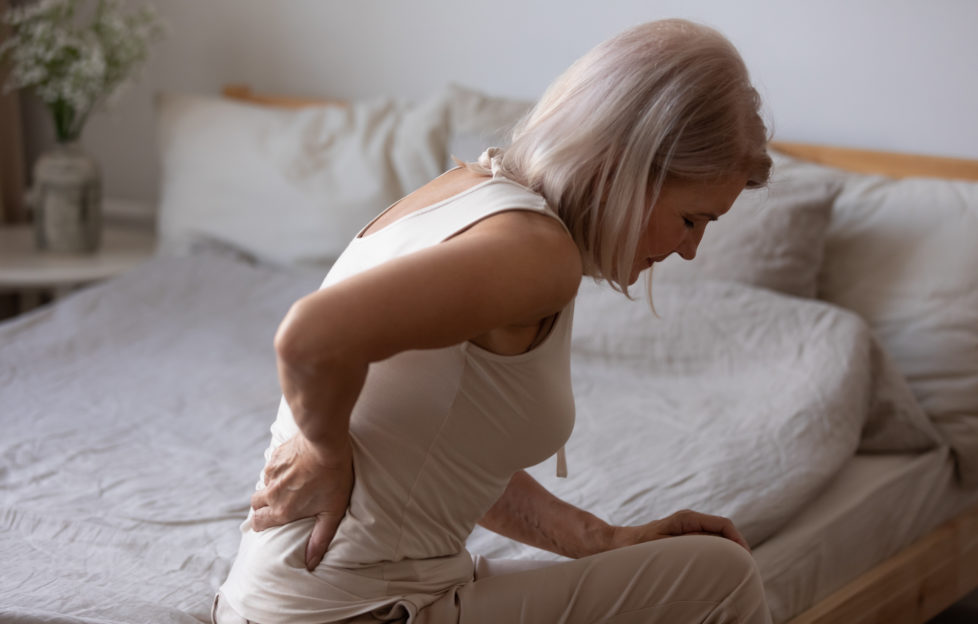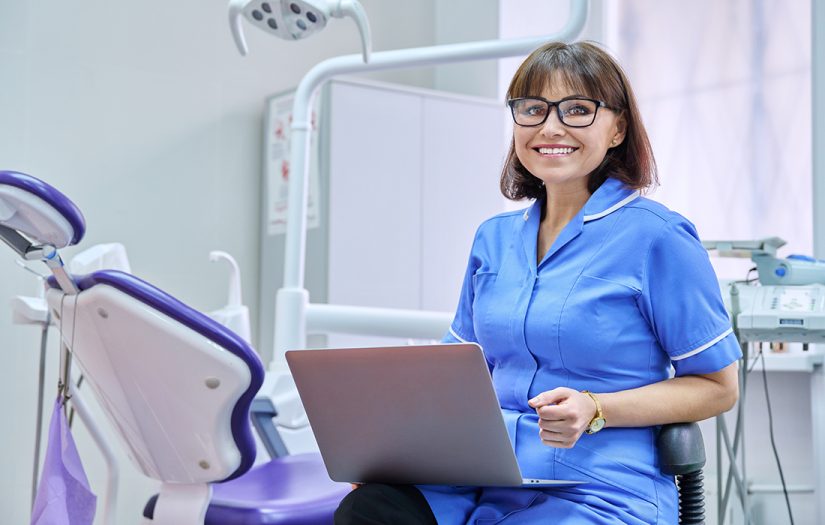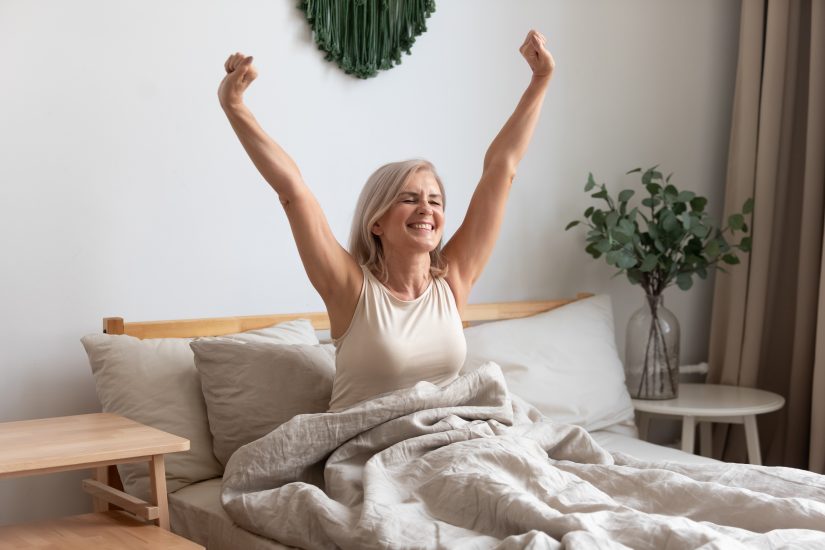Osteoporosis Risks, And What You Can Do

Today is World Osteoporosis Day.
Did you know that more than 3 million people in the UK suffer from the condition?
Here, we’ve brought together some of the most common advice on how to manage it.
What is osteoporosis?
It comes as a terrible shock when you break a bone. Especially so if it results from a slight fall or a minor bump.
Unfortunately, this can happen when you have a condition called osteoporosis, where the bones have weakened due to age, or because of another medical condition or its treatment.
More than one in three women and one in five men in the UK will have a broken bone due to osteoporosis. This is also called a fragility fracture.
A common fragility fracture is a broken wrist after a fall. In your seventies and eighties, the risk of a hip fracture also goes up.
It is less well-known, but osteoporosis can also cause fractures in your spinal bones.
This is not like suffering a broken back in a serious accident. These fractures happen when the spinal bones are squashed down, because they don’t have enough strength inside.
After this kind of fracture, the spinal bones don’t go back to their original shape once they have healed. This may cause a curve in the spine or a stooped posture.
If you’ve had a spinal fracture, you might notice that your trunk is shortening, and there is less space between your shoulder and waist.
Sometimes your tummy sticks out, even if you are not gaining weight. Your shoulders might become more rounded.
Spinal fractures can cause back pain, make it harder to do what you want in life, and affect your self-esteem.
If you notice changes like this, don’t brush it off. See your GP. They will examine you and ask some questions to decide whether you could benefit from osteoporosis drug treatment.
Osteoporosis treatment
Your doctor will suggest an ordinary back X- ray to pick up a spinal fracture.
They might order a bone strength test called a DEXA scan. But this is not always needed, and a scan does not provide all the answers by itself.
Your GP will also consider other factors to build up a picture of your overall risk.
If needed, treatment with medication can help strengthen your bones and prevent future fractures.
Everyone’s bones can benefit from a healthy diet and stopping smoking.
Exercise is also important to strengthen your bones, guard against falls and improve your posture. It’s all about being strong, steady and straight.
The Royal Osteoporosis Society has some easy exercises you can try at home, to improve your posture and strengthen your back.
There are also exercises for your other muscles and bones.
Visit the Society’s website, where you will also find a wealth of information about your bone health.
For more health and wellbeing advice from “The People’s Friend”, click here.










